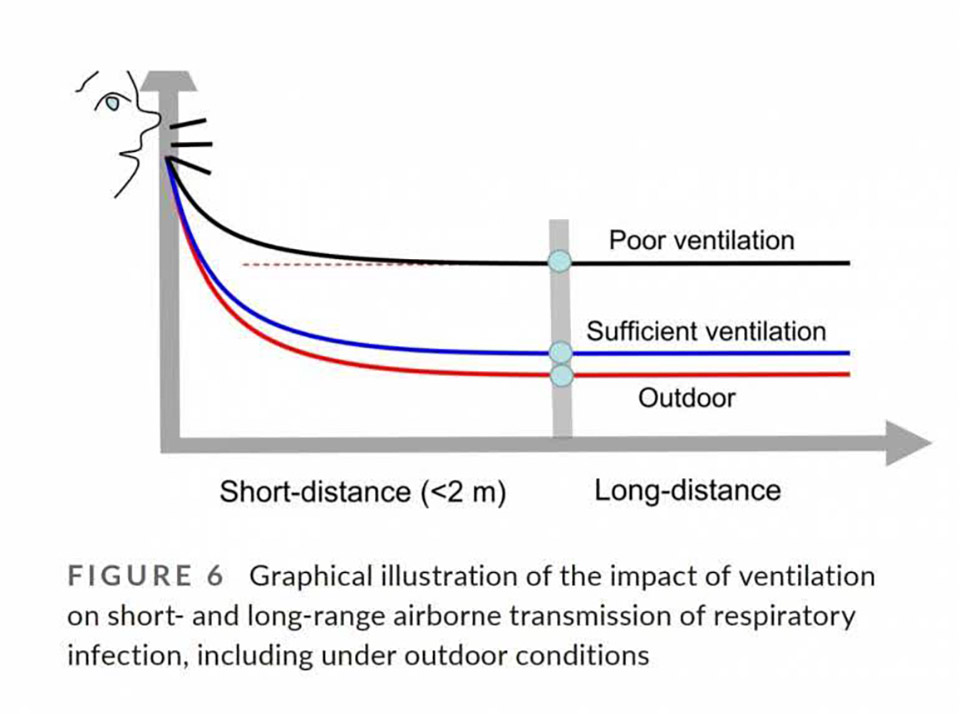
A pulmonologist at Siriraj Hospital has explained that the rapid spread of the Omicron coronavirus variant in Kalasin province might indicate a limited range of airborne transmissibility.
Dr Nithipat Jearakul, Head of the Department of Respiratory Disease and Tuberculosis at Siriraj Hospital, said he Omicron strain might be able to spread via short-range aerosol transmission. He based his theory on observations of the Kalasin cluster.
The outbreak, linked to a couple who traveled to Thailand from Belgium, was apparently able to spread despite the couple not having any physical contact with staffers at the establishments they visited.
Elaborating on the short-range transmission model, Dr Nithipat said the virus can be carried by very fine aerosol measuring less than 50 micrometers in diameter. This type of aerosol, which can easily be inhaled by others, can remain suspended in the air longer than larger forms of droplets of less than 5 micrometers in diameter.
According to the latest findings concerning the Omicron variant, which can remain in a patient’s upper respiratory tract for an extended period of time, those with the Omicron strain can expel the virus by talking, shouting, singing, coughing, and sneezing.
Dr. Nithipat also noted that this new strain might not be as capable of causing severe or prolonged disease compared to previous variants, despite its higher transmissibility. He added that this was partly due to Thailand’s robust disease control measures, vaccinations, and natural immunity from previous waves of infection. (NNT)
 |
 |
 |





